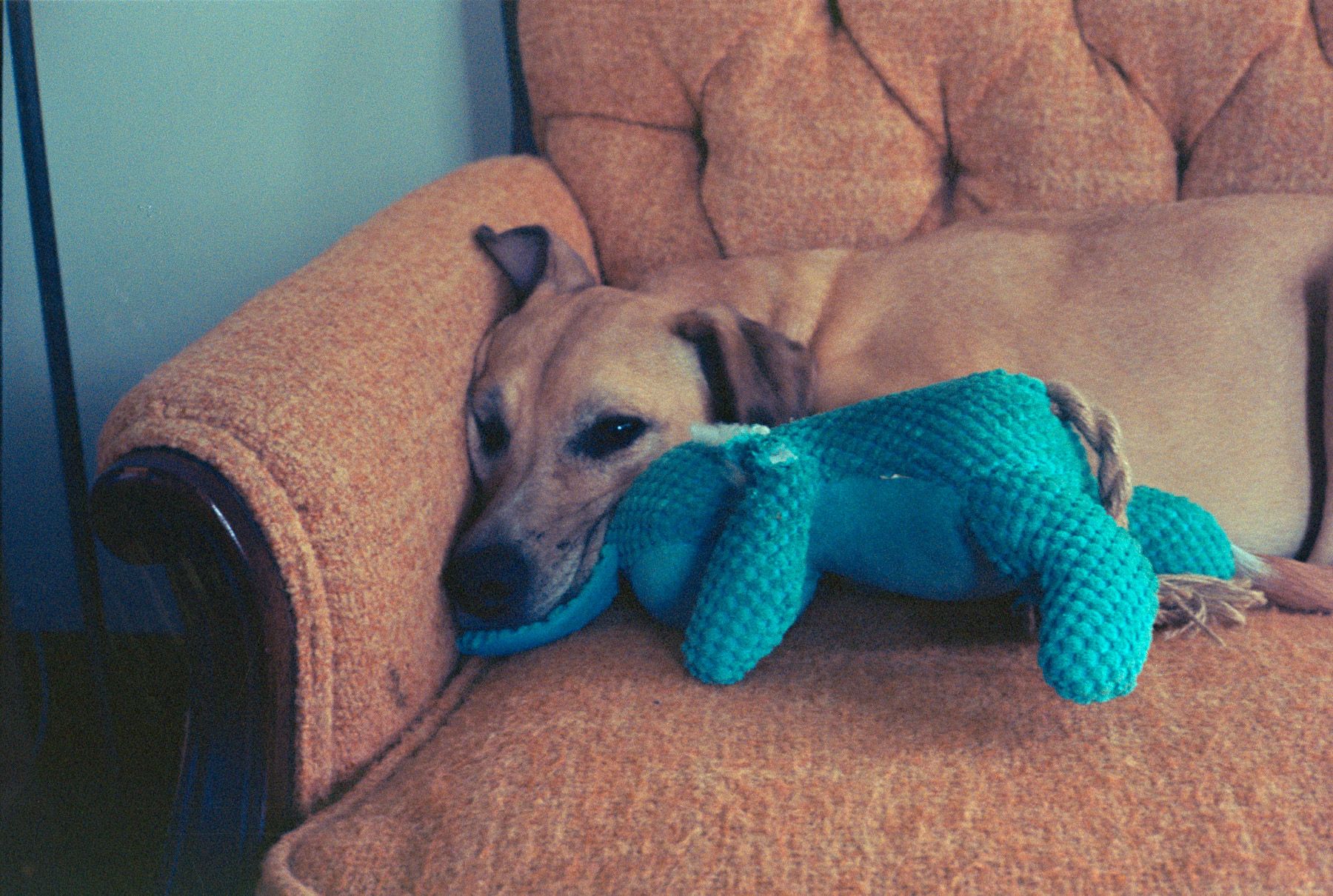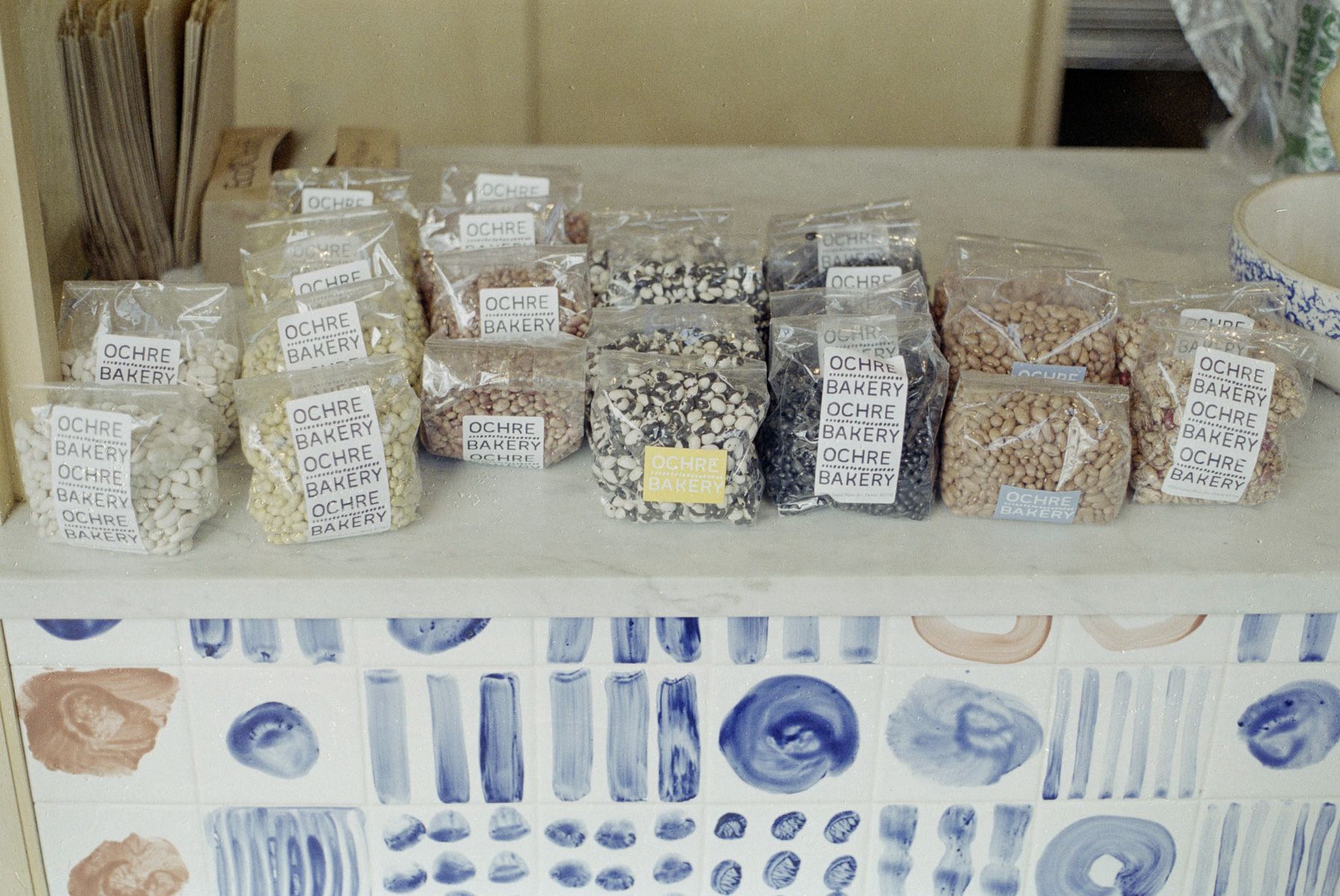One of the things that most defined my late-90s computing experience is the hours I spent futzing with software drivers. Nowadays, vast libraries of them are likely bundled with your operating system – or if not, downloaded automatically for you. But in the evolutionary boom of legacy x86 “plug and play” components, it was always a small miracle when you plugged in a new device (after installing the necessary drivers from the accompanying CD-rom) and it did indeed play nice with your particular configuration of puter parts.
Maybe compatibility quirks are still a part of the PC experience, but it hasn’t been an issue for this Mac user for some years now. Which is why I found myself holding my breath as, for the first time, I plugged in a 20-year-old film scanner I got off eBay.
The scanner in question? The Minolta DiMAGE Scan Elite II, released in October 2001, when the required operating systems were Windows 98 and Mac OS 8.6, the APS film format was all the rage, and the top album on the Billboard charts was Jay-Z’s The Blueprint, which was also one of the twelve-CDs-for-the-price-of-one I had acquired through the Columbia House Record Club.
So now it’s February 2022, and I plug in the scanner and turn it on. The green indicator light blinks at me. I launch the software and the name of the device shows up in the “Source” dropdown — a promising sign. A dialog pops up asking me to close the cover in order to start calibration. Cover closed. The machine hums and whirs and, after a few seconds, the blinking light turns a ready, steady green. I slide down the cover and feed the loaded film holder into scanner’s film-holder-sized maw. Hit the “Preview” button. More hums and whirs, and then …

Honestly, I was as surprised as when I home-developed my first roll of film. You can call it the thrill of old tech that still works – the thrill of the funct. Quality-wise, this old scanner blows away the much-newer Epson flatbed I was using before, and this is possible because of a piece of software called VueScan, which includes reverse-engineered versions thousands of no-longer-manufacturer-supported scanner drivers. In plain terms, VueScan speaks scanner dead languages and translates them to work with modern machines. They tout on their website NASA as one of their customers, which … seems just about perfect.
On the VueScan blog, exactly one year before I scanned the above image, Ed Hamrick (of parent company Hamrick Software) riffed a little on the future of scanners:
So why is it easy to predict the future of scanners? For the same reason that we can easily predict that buildings will still be made of concrete, steel will still be useful, windows will be made of glass, lights will be electric, etc. Some things are useful and continue to be refined, but not replaced.
Furthermore:
So what do I think is the future of scanners? First, SCSI scanners are obsolete – it’s harder and harder to find a SCSI interface for new computers. Second, old USB scanners will continue to be usable for another 20 years – they work fine on new computers (even the Mac with the M1 chip) and just don’t wear out. Third, new scanners won’t have higher resolution – they’ll have higher scan speeds, and new scanners will have better and faster document feeders. Lastly, no company will release a new film scanner, and more and more people will use VueScan to scan their slide collections with used film scanners (it’s a fast-growing part of our business).
It seems to me that VueScan’s success – and my funct-thrill – is largely possible because of that USB connection. USB 1.1 in my case, mind you, but glorious, backwards-compatible USB nonetheless. (To connect the MDSEII to my Mac, I used the included USB-B to USB-A cable along with a USB-C dongle – a holy trinity.) The original DiMAGE Scan Elite, released just a year prior, has the SCSI interface instead, which in 2022 makes it little more than an anthropocenic brick.
VueScan goes to show that you can build a successful business off saving old technology from landfill – more than one, actually, as its chief competitor, SilverFast, also supports a broad array of older scanners. I would even go as far as to call it Slow Tech, in its valuing of reuse, of the old-but-perfectly-fine.
No. Better than fine. Funct.
